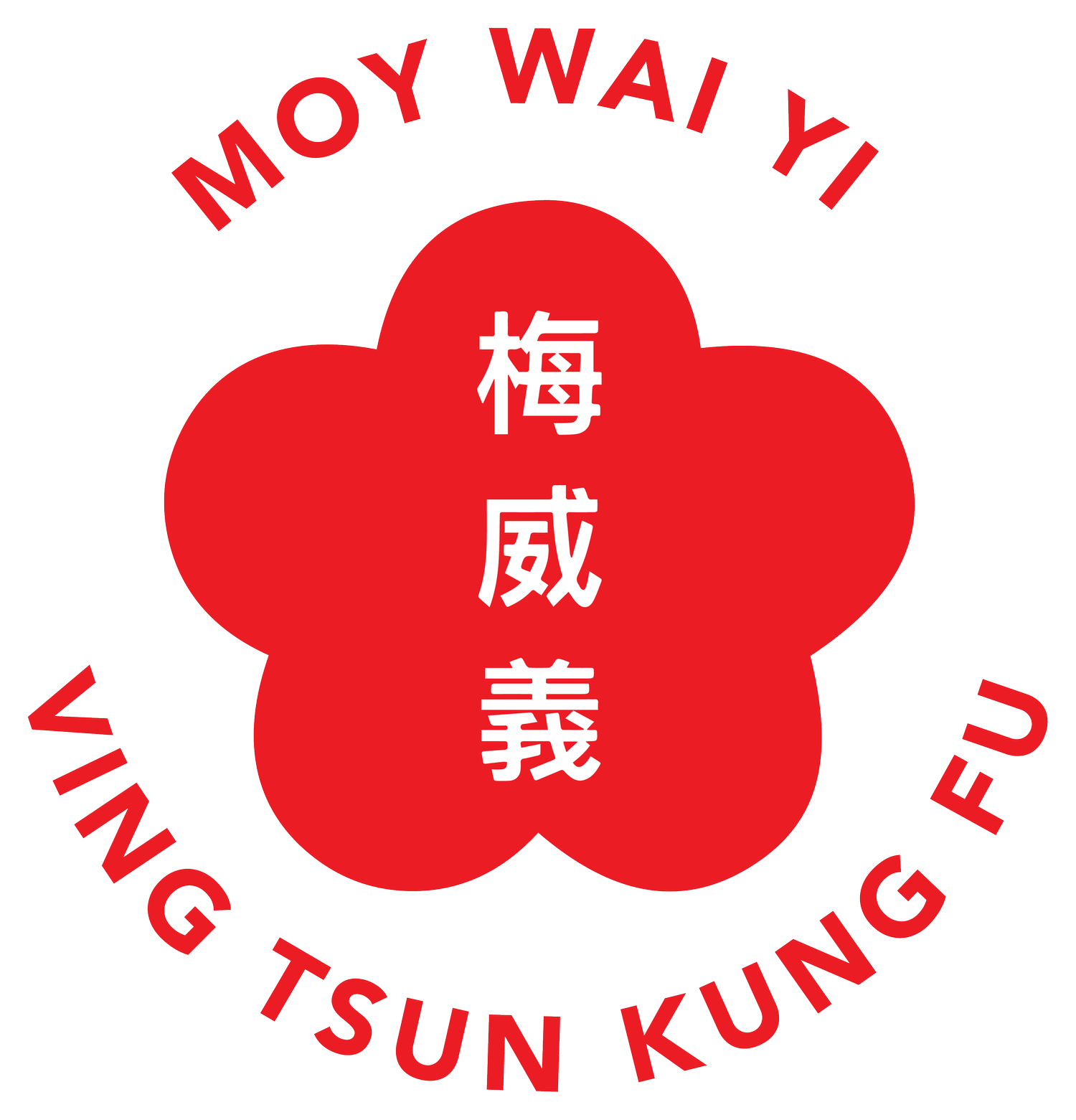Ving Tsun System
-
Translated as "little idea" this is the first Ving Tsun open hand form. Trains the attributes: Balance, Coordination, Energy, Relaxation (Mental/Physical) and Timing. Utilizes the concepts of Centerline theory, Economy of motion, Facing / Doi Yeng, Hand Replacement, Hand Unity, Return to centerline, Short and Long Bridge, and Straight Line.
-
Translated to "seeking the bridge," this form trains body balance, coordination of the hands and legs, utilizing the wait to generate energy, and footwork. It trains an understanding of moving centerlines. It trains the attributes: Balance, Coordination, Distance Awareness and Timing. Concepts emphasized by this form are placing the body behind the technique, producing force from the horse, developing torque, unifying the upper and lower body, understanding weight distribution, moving and changing the centerline.
-
The third and final open hand form translated as "standard compass" and is also known as gow gup sao, or "emergency hands". Bil Je helps train the hands to return quickly to the centerline from various positions and angles. Attributes trained include: Balance, Coordination, Relaxation, and Timing. This form teaches the concepts of long arm energy, maximizing energy output from the body, returning and hitting back to the centerline.
-
Also written as Mui Fa Jong, is the "Wooden Man Post" also known as "The Wooden Dummy." This form utilizes the wooden dummy to further define proper motions of the hands and legs in accordance with Ving Tsun principles. Trains proper use of energy and timing to generate power. Trains body unity to generate power. Trains techniques for application in advanced Chi Sau. Perfects hand and leg coordination and fighting techniques.
-
This form is the "six and a half point pole" form, which trains the ability to focus and project your ''chi'' to a single point. It aims to help develop strength and increased striking power through development of the horse. The form also defines the shoulder as the centerline.
-
The final Ving Tsun form Bot Jom Doa translates to "Eight chopping knives" and it trains the ability to focus and project your ''chi'' to two points at the same time. It also helps to develop agility of the wrists for increased punching power. This form is a culmination of all Ving Tsun principles and practice.
-
Pak Sao
Pak Dar
Lop Sao
Don Chi Sao
Look Sao
Jow Sao/Jip Sao
Tui Ma
Chi Sao
Chi Gyeuk
Long-Arm Chi Sao
Touch and Go Chi Sao
Mai San Jong
